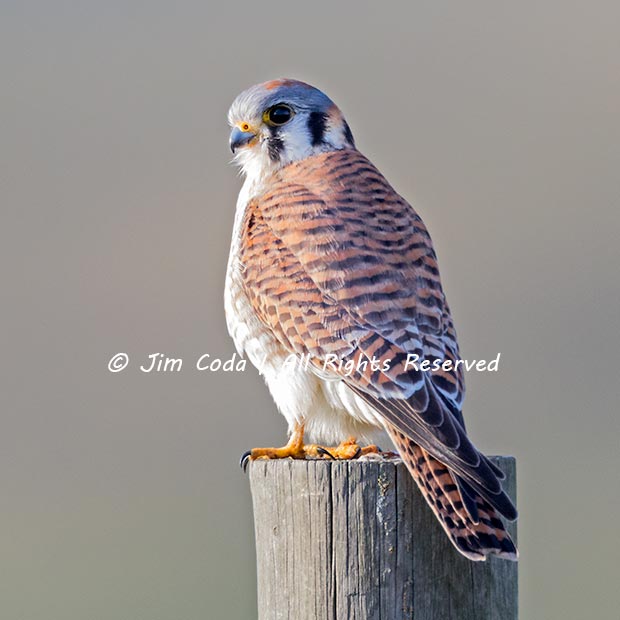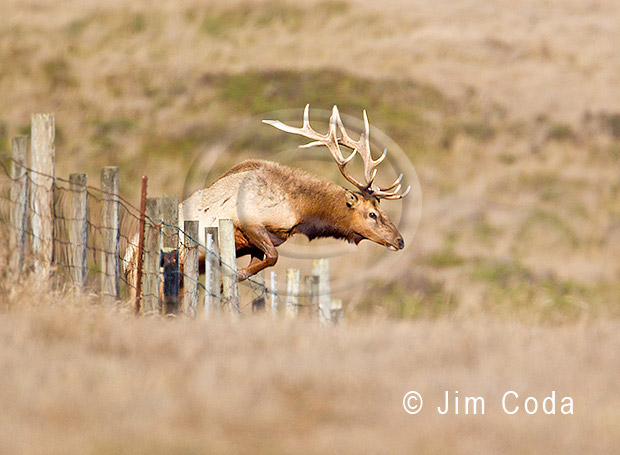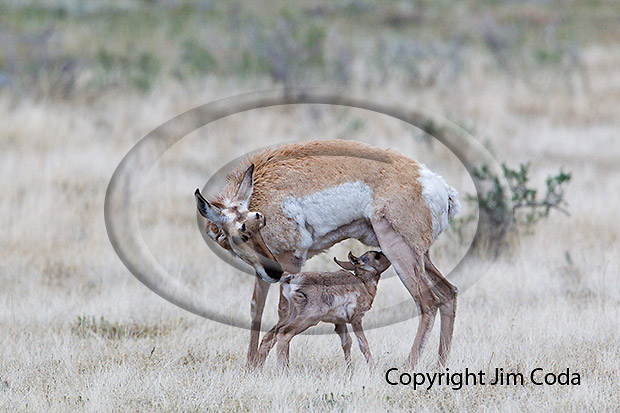Male Lion, Kenya

I photographed this male lion at sunrise in the Olare Motorogi Conservancy. I just read that they weigh up to about 570 pounds. Wow. This guy just exudes power. I’m glad they never jump into safari vehicles that stop for photos just 20 yards away. They never do, right?











